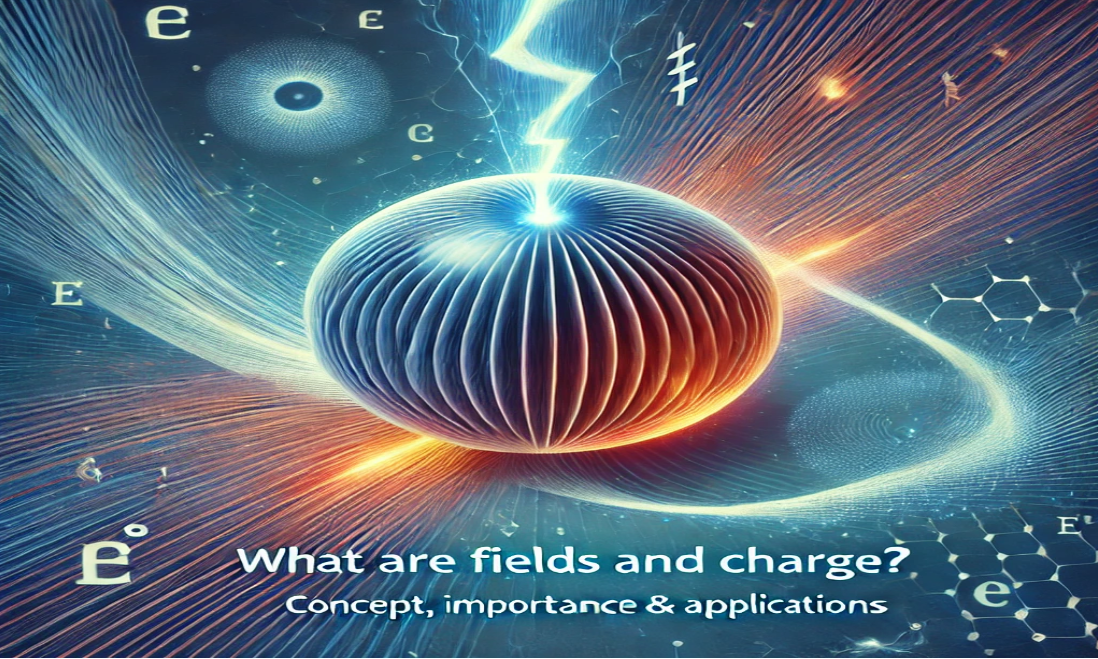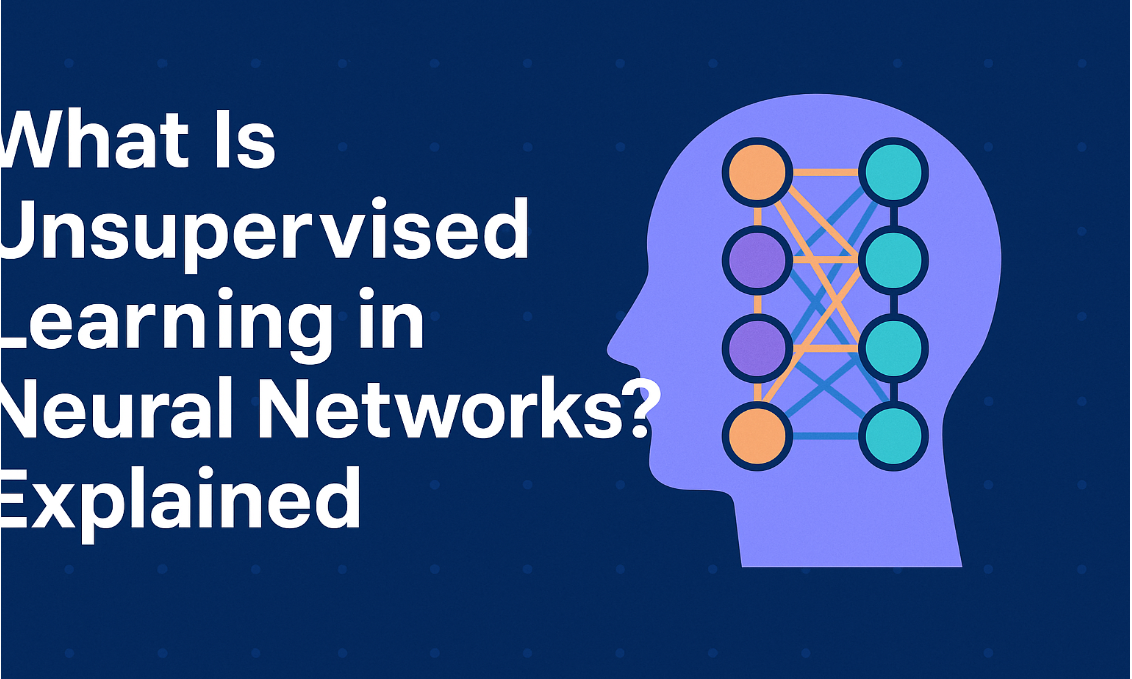
Concept of Fields and Charge: Understanding the Fundamentals
Introduction
The concepts of fields and charge are fundamental in physics and engineering, governing everything from electricity and magnetism to gravitational forces. Understanding these concepts helps in designing circuits, developing new technologies, and exploring the mysteries of the universe. This article provides an in-depth exploration of the history, applications, advantages, disadvantages, and real-world examples of fields and charge.
Table of Contents
What is Electric Charge?
Types of Electric Charge
What is a Field in Physics?
Types of Fields
Relationship Between Fields and Charge
Historical Background
Applications of Fields and Charge
Advantages and Disadvantages
Difference Between Electric and Magnetic Fields
Real-World Examples
Problem-Solving Examples
Courses to Learn More
Conclusion
FAQs
What is Electric Charge?
Electric charge is a fundamental property of matter that determines how particles interact with electric and magnetic fields. It comes in two types:
Positive Charge: Carried by protons
Negative Charge: Carried by electrons
Charge is measured in coulombs (C) and follows the principle of conservation, meaning it cannot be created or destroyed.
Types of Electric Charge
Static Charge: Accumulated charge on an object's surface, leading to electrostatic forces.
Moving Charge: Charge in motion, generating an electric current.
What is a Field in Physics?
A field in physics is a region of space where a force is exerted on objects with certain properties. It represents the effect of a force that can act at a distance.
Types of Fields
Electric Field: Produced by electric charges, influencing other charges within its range.
Magnetic Field: Generated by moving charges or magnetic materials.
Gravitational Field: The force exerted by a massive object on other objects.
Relationship Between Fields and Charge
Electric fields originate from charges and influence other charges within the field. Similarly, moving charges create magnetic fields. The interaction between electric and magnetic fields is the foundation of electromagnetism.
Historical Background
Benjamin Franklin (1706–1790): First described positive and negative charge.
Charles Coulomb (1736–1806): Formulated Coulomb’s Law to describe the force between charges.
Michael Faraday (1791–1867): Introduced the concept of electric and magnetic fields.
James Clerk Maxwell (1831–1879): Unified electricity and magnetism with Maxwell’s equations.
Applications of Fields and Charge
Electronics: Used in circuits, semiconductors, and transistors.
Communication: Foundation of radio, TV, and mobile networks.
Medical Field: MRI machines rely on magnetic fields.
Power Generation: Electric fields are fundamental to generators and transformers.
Advantages and Disadvantages
Advantages
✅ Enables wireless communication ✅ Supports electrical energy transmission ✅ Used in medical imaging and diagnostics
Disadvantages
❌ Can cause electromagnetic interference ❌ High-voltage fields can be dangerous ❌ Requires complex mathematical understanding
Difference Between Electric and Magnetic Fields
| Feature | Electric Field | Magnetic Field |
|---|---|---|
| Origin | Stationary charges | Moving charges |
| Measured in | Volts per meter (V/m) | Tesla (T) |
| Direction | Acts on charges | Acts on moving charges |
Real-World Examples
Lightning: A natural example of electric charge and fields.
Electromagnets: Used in motors and speakers.
Solar Panels: Convert sunlight into electric energy using electric fields.
Problem-Solving Example
Problem: Find the electric field at a distance of 2m from a 5C charge.
Solution: Using Coulomb’s Law: Where:
N·m²/C²
Courses to Learn More
Coursera: "Introduction to Electromagnetism"
Udemy: "Electric Fields and Charge Fundamentals"
MIT OpenCourseWare: "Physics II: Electricity and Magnetism"
Conclusion
The concepts of fields and charge are integral to physics and engineering, shaping modern technology. From simple circuits to advanced electromagnetic applications, understanding these principles is crucial for innovation.
Frequently Asked Questions (FAQs)
🤔 What is the main purpose of an electric field?
An electric field exerts force on charged particles, influencing their movement and behavior.
🔌 How do electric and magnetic fields interact?
Moving electric charges generate magnetic fields, and changing magnetic fields induce electric currents (Faraday’s Law).
⚡ Can electric fields exist without charge?
No, electric fields originate from charges. However, electromagnetic waves can propagate through space.
📚 How can I study electric fields effectively?
You can use online courses, textbooks, and hands-on experiments with field mapping tools.
🏭 Where are electric fields used in industry?
Electric fields are used in power plants, semiconductor fabrication, and electrostatic painting.
By understanding the concept of fields and charge, you unlock a deeper comprehension of the physical world, leading to innovations in multiple fields of science and engineering. 🚀








